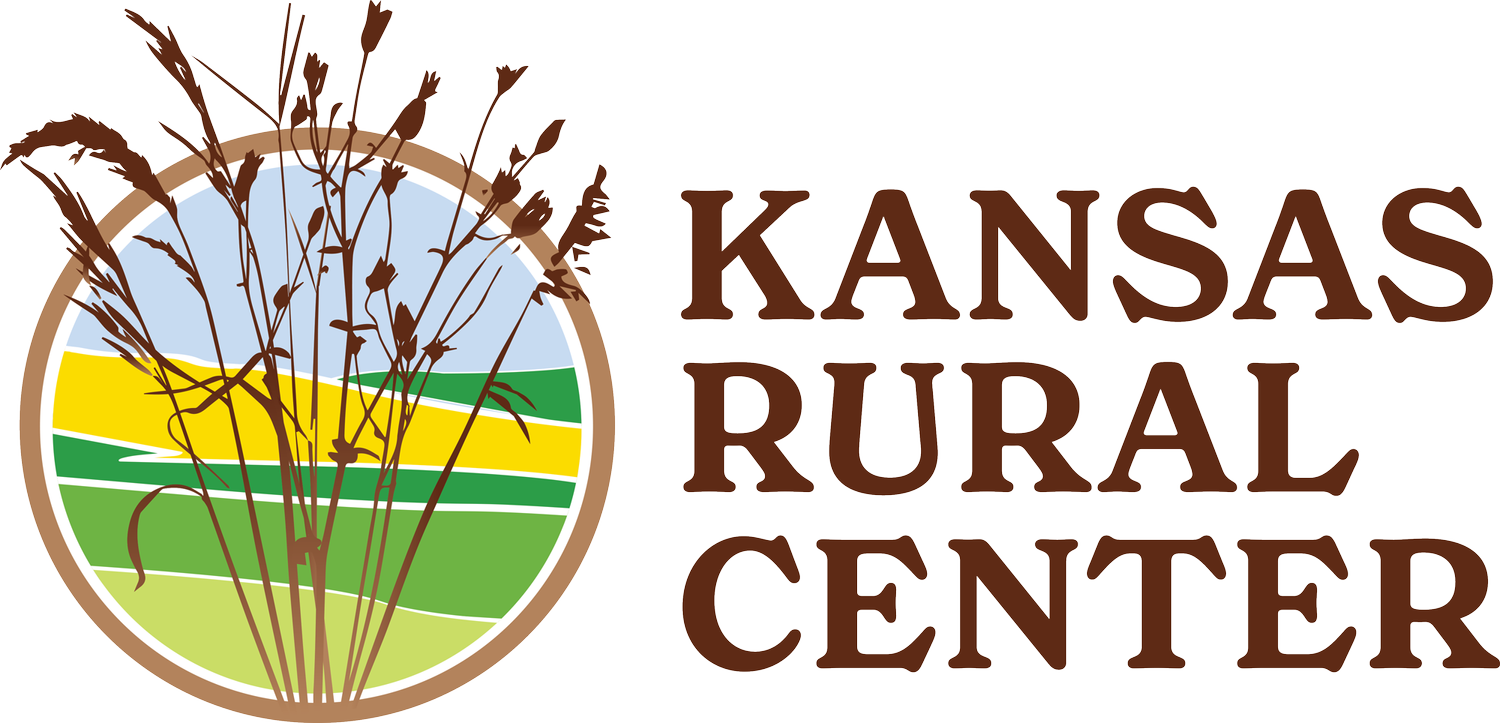
Pesticides, Noxious Weed Control, and Chemical Drift Protection in Kansas
The purpose of this report is to provide background information on pesticide law in Kansas, including the noxious weed law, current pesticide usage and trends, and to describe emerging problems and issues and recommendations for Kansas’ pesticide use and noxious weed law as well as for farming practices and research needs.
Controlling noxious weeds and invasive pests is important, but revising only the noxious weed law begs a larger, more complicated question about the impact of increasing use of pesticides and the efficacy of these pesticides, and the issue of drift onto non-targeted sites. Weeds and pests have long been a problem for farmers and ranchers.
Despite years of attempting to control weeds including those designated as noxious weeds, we have more problems today than in the past including: the scope and volume of chemicals used today, the amplification of chemical drift concerns, the development of genetically-resistant ‘superweeds’, the peril of plant pollinators, and the development of genetically-engineered seeds bred to be resistant to specific herbicides, resulting in an increase in their use. The predominance of chemical pesticides in our agricultural system has also been found to cause cumulative harm to humans and natural ecosystems, and increasingly results in weed and pest resistance, resulting in an ongoing escalation in the quantity and strength of chemicals used.
Presently, scientists can find traces of pesticides in nearly every American’s body, as studies show the prevalence of these chemicals on most food and in a majority of streams in the United States.i Scientific studies increasingly link an array of human health problems to pesticide exposure, as well. ii Given the above-mentioned problems or issues caused by pesticide use, the real question is: can we reduce our pesticide dependency and evolve our farming practices and land management strategies to control and manage weeds and other pests that threaten agriculture and the environment? What policies and practices will achieve that goal?


